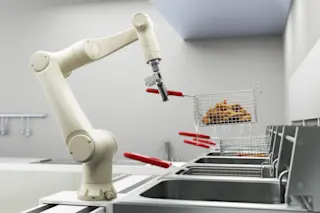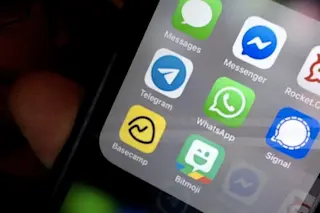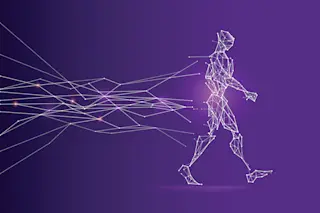A first image of Scarlett Johansson in the role of a cyborg named Major Motoko Kusanagi from the upcoming live-action film adaptation of "Ghost in the Shell." Credit: Paramount | DreamWorks Pictures Hollywood directors such as Steven Spielberg and the Wachoswski siblings have drawn inspiration from the science fiction vision of the 1995 anime film "Ghost in the Shell." But a live-action Hollywood remake of "Ghost in the Shell" has proven controversial because of the choice to cast Scarlett Johansson in the role of the story's main cyborg character known as Major Motoko Kusanagi. Let us not waste time on the common complaints about Johansson's casting: Hollywood's history of "whitewashing" Asian roles by casting white actors and actresses as Asian characters; the uphill battle that Asian American actors and actresses still face in getting meaningful roles in Hollywood films; the lack of consideration for how the original "Ghost in the ...
Why Scarlett Johansson Is the Cyborg Hollywood Deserves
Scarlett Johansson as cyborg Major Motoko Kusanagi raises debates on Hollywood whitewashing in Ghost in the Shell's adaptation.
More on Discover
Stay Curious
SubscribeTo The Magazine
Save up to 40% off the cover price when you subscribe to Discover magazine.
Subscribe













